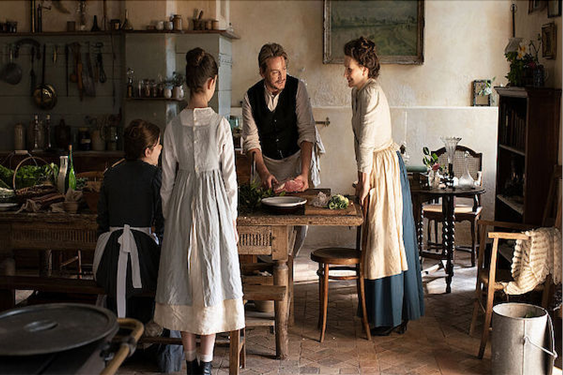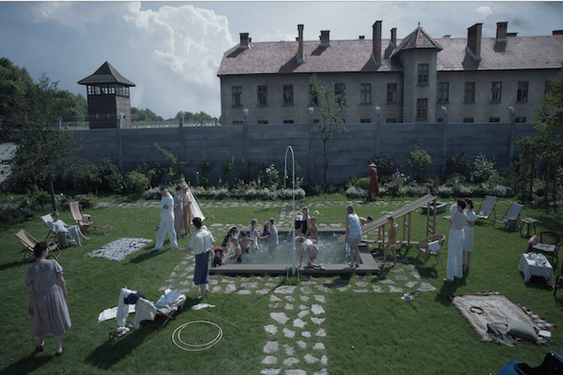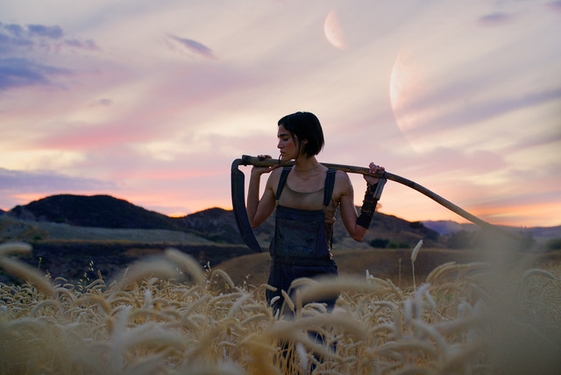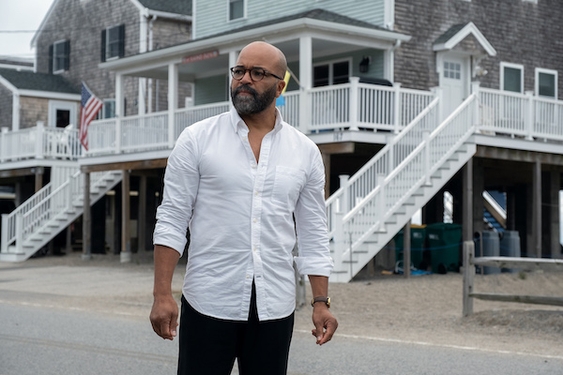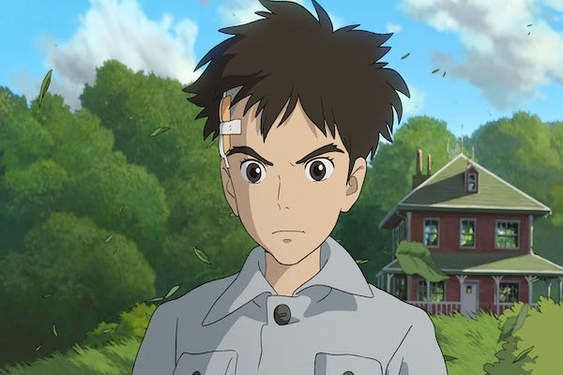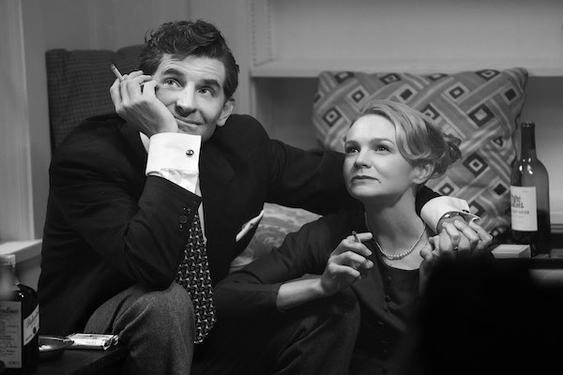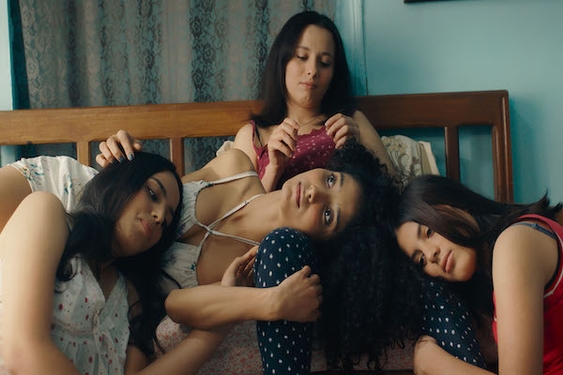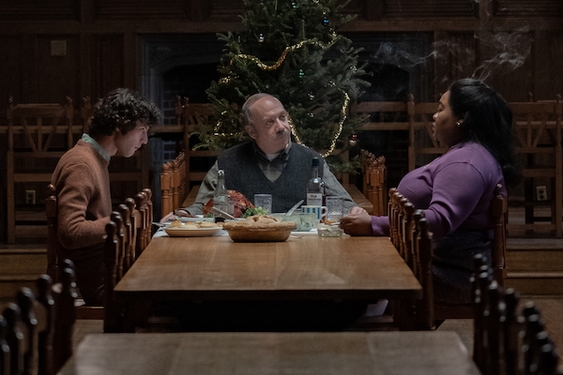By contrast, Ten Canoes places them at the center, snatching aboriginal culture as a mere subplot of your typical Western flick and letting aborigines explore their own traditions from their own perspective. For this rearrangement alone, Ten Canoes is a valid project; which is not to say that it’s the most entertaining movie.
Director Rolf de Heer worked closely with aboriginal actor David Gulpilli and the native Yolngu people of Northern Australia to tell one of their traditional stories using only native Yolngu as actors. Strenuous care was taken to make sure the film represented the people according to their standards, laws, and social conventions.
The story takes place in ancient times, as 10 men (hence the title) go out on their yearly canoe making, goose egg collecting expedition. The leader of the group is an old multi-wifed man named Minygulu, who learns that his younger (and wifeless) brother Dayindi has kind of a thing for one of his younger wives.
Minygulu then kicks off the story within the story, involving two brothers; an older multi-wived man this time named Ridjimiraril, and his similarly younger, wifeless brother Yeeralparil. But as Minygulu tells his (rightfully) impatient brother what turns out to be a long, long, story, you get an interesting sense of a way of life distinct to the northern swamp going aboriginal peoples.
You see some sorcery, some kinship groups, some warfare (spears not boomerangs), a fittingly haunting death ritual and bear witness to the Yolngu propensity for gastrointestinal humor.
Because all the actors are actual tribespeople, the film relies heavily on Gulpilli’s English voice over narration. The story and the characters therein don’t develop substantially or interestingly, supposedly in deference to the structure of native stories, which don’t adhere to the conventional conflict/resolution of western ones. Traditional cinematic story telling is sacrificed for anthropological rigor.
The shots of the swampland, in black and white for the outer story and glorious color for the inner one, are the film’s saving grace; the only cues that you are watching something befitting the silver screen, rather than a commercial free National Geographic special.
More of a textbook and mark of cultural independence than a movie film, Ten Canoes is sure to make the days of world-civ substitute teachers a lot easier. But in the theater, it’s a tough sell and a plodding watch.
Grade: C
Ten Canoes is currently in select theaters.


